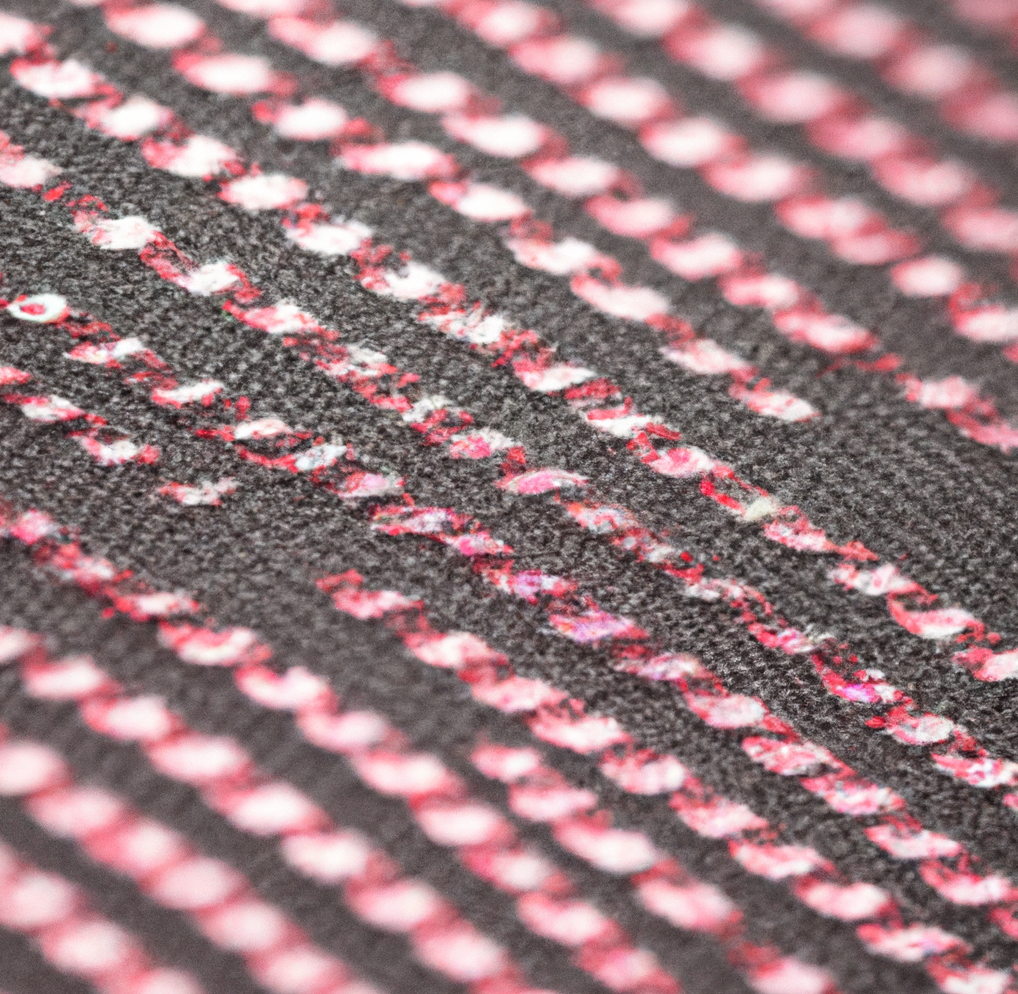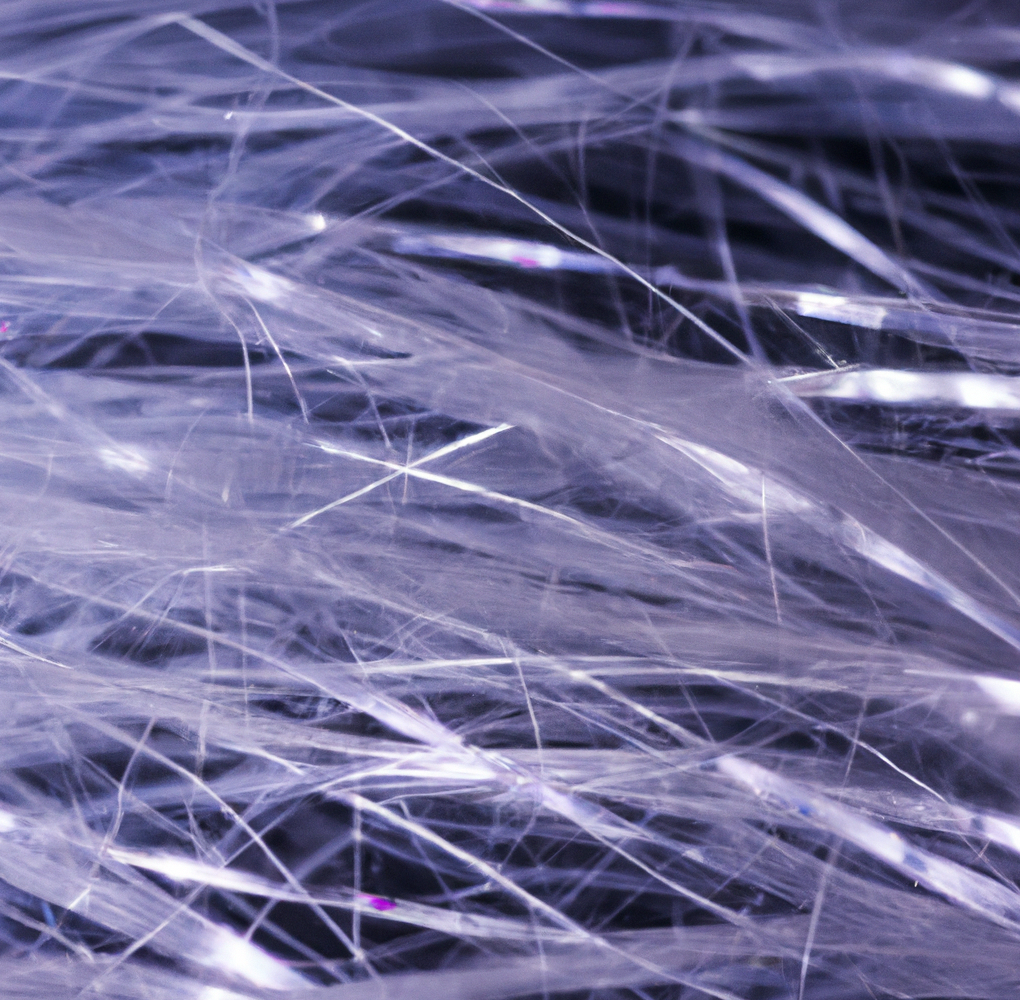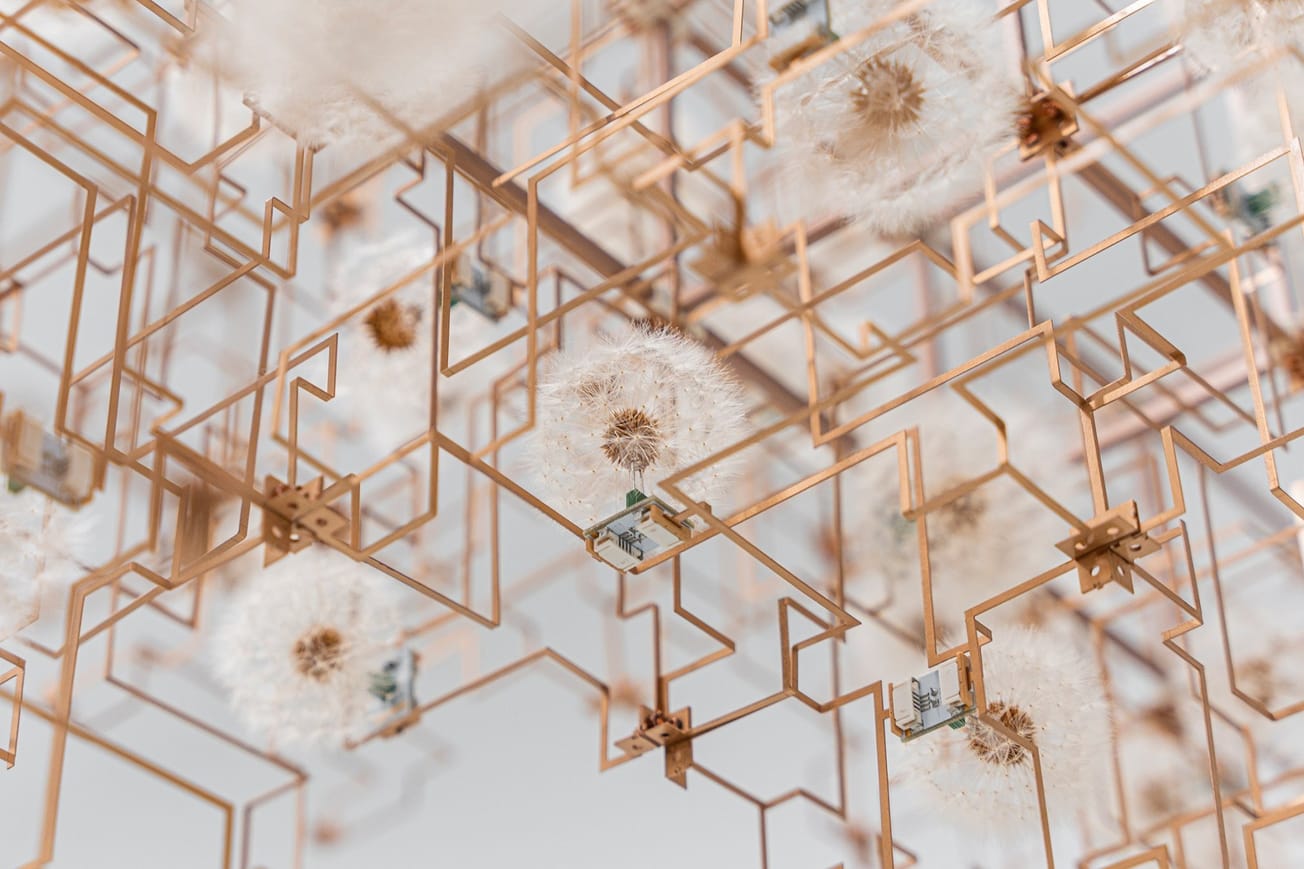What happens with science and personal style converge? This article explores where nanotechnology, textile manufacturing, and the fashion design industry intersect, considering the profound impact of nanotechnology on textile innovation. From smart fabrics to sustainable production methods, we take a look at the future possibilities that nanotechnology offers to the fashion design industry, ushering in an era of unprecedented creativity, functionality, and sustainability.
Nanofibers: Nanotechnology has paved the way for the development of nanofibers, which possess exceptional properties that redefine textiles as we know them. By manipulating materials at the nanoscale, scientists and designers can create fabrics that exhibit enhanced strength, durability, breathability, and water-repellent characteristics. Nanofibers also enable the incorporation of functional elements, such as sensors or nanoparticles, opening doors for interactive and adaptive textiles in fashion design.
Smart Fabrics: Nanotechnology has unleashed a new era of smart fabrics that seamlessly integrate technology into fashion design. By embedding nanoparticles or nanosensors into textiles, garments can now respond to environmental stimuli, monitor vital signs, or adjust temperature and humidity levels. Smart fabrics offer endless possibilities for personalized fashion experiences, interactive designs, and wearable technology, revolutionizing the way we interact with our clothing.

Sustainable Manufacturing: The fashion industry has long grappled with sustainability challenges, but nanotechnology presents a promising solution. Nanoparticles can be used to develop eco-friendly dyeing processes, reducing water consumption and chemical waste in textile manufacturing. Additionally, nanocoatings can enhance the stain-resistance and self-cleaning properties of fabrics, prolonging the lifespan of garments and reducing the need for frequent washing. Nanotechnology offers a pathway to a more sustainable and circular fashion economy.
Nanotechnology-Enabled Textile Innovations: Nanotechnology has spurred a wave of textile innovations that push the boundaries of fashion design. From self-healing fabrics that can repair small damages and advanced filtration materials that purify the air to applications in healthcare, nanotechnology is driving transformative change. Additionally, designers are experimenting with nanomaterials to create lightweight and breathable textiles for sports and outdoor apparel, offering enhanced performance and comfort.

Ethical and Regulatory Considerations: As nanotechnology continues to advance, ethical and regulatory considerations must be addressed. The potential risks associated with nanoparticle exposure and disposal require careful examination to ensure the safety of workers, consumers, and the environment. It is imperative that designers and manufacturers navigate this exciting frontier responsibly, adhering to rigorous standards and transparency in their processes.
Nanotechnology has ignited a revolution in the fashion design industry, unlocking new possibilities for creativity, functionality, and sustainability. From nanofibers that redefine textile properties to smart fabrics that merge technology with style, the marriage of nanotechnology and fashion design is transforming the way we think about clothing. As we navigate this landscape, it is crucial to balance innovation with responsibility, prioritizing ethical considerations and ensuring a sustainable future for the fashion industry. The fusion of nanotechnology and textile manufacturing heralds a new era of fashion design, where the boundaries of creativity are expanded, and the potential for positive impact is immense.







